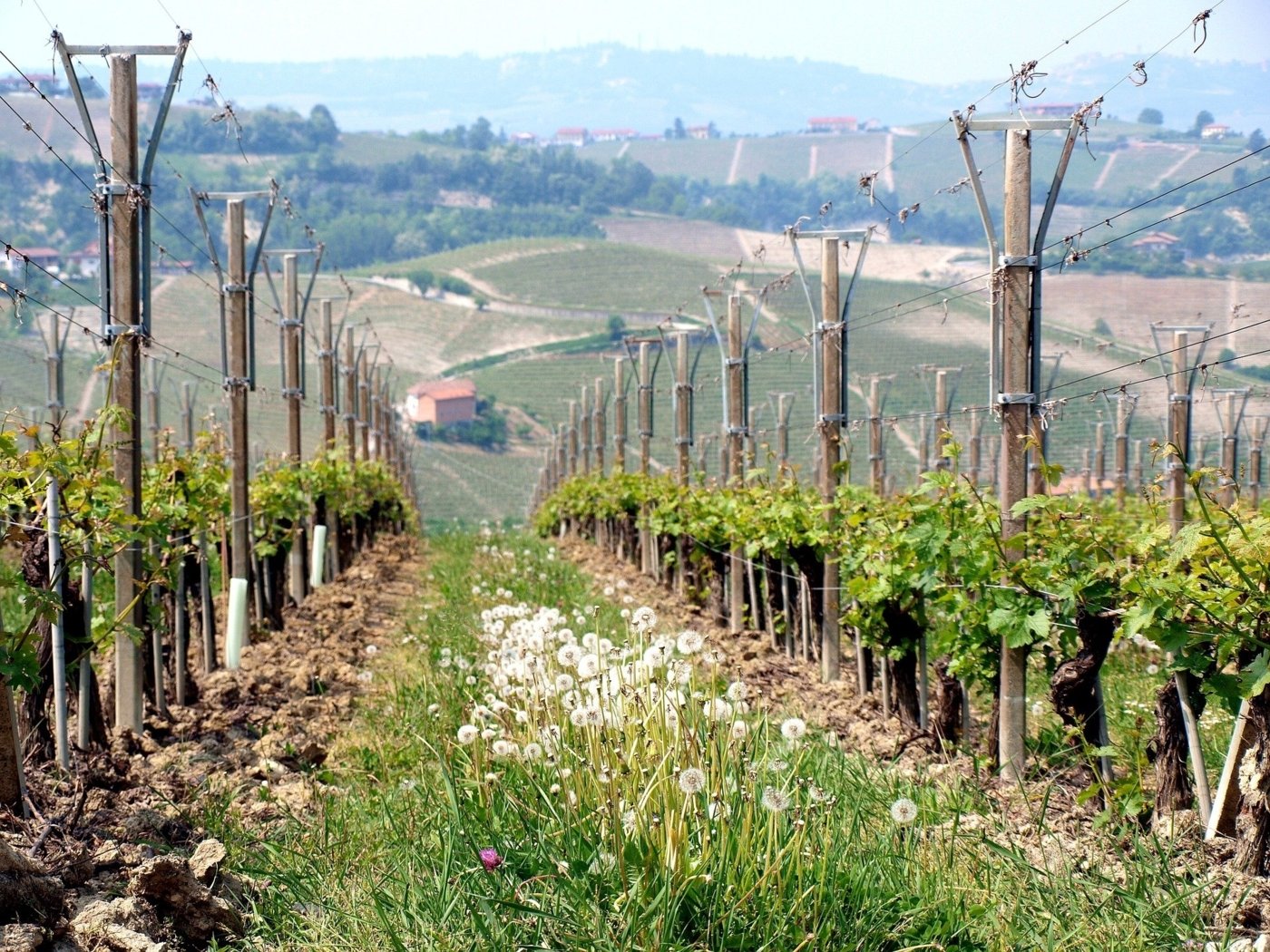The Chianti wine road takes in the wineries…
After checking out where the Chianti grapes grow, our local experts will take you into the wineries to meet the winemakers to get the lowdown on how the wines are made. You will probably already know that Sangiovese must account for at least 70% of Chianti DOCG and 80% of Chianti Classico DOCG wine, but the way that the winemakers play with the remaining percentage can have a considerable impact on the taste of the wine. The rest can come from international grapes, such as Cabernet Sauvignon, Merlot, Syrah and Cabernet Franc, which bring weight, black fruit in the case of the Cabernets and Syrah, and more body. The local grapes, Canaiolo and Colorino, soften the blend and bring local colour and spice, and are experiencing a revival. The white wine grapes of Trebbiano and Malvasia Toscano also continue to be used by some of the old guard to freshen up the final blend. You will also see how progressive Chianti winemakers have eschewed the ageing of their wine in the large Slavonian oak botti, in favour of the finesse that French oak provides in delivering a fine finishing touch to the blend.
After checking out the cellars, our experts will lead tutored tastings whereby you will taste the wines from the sites explored. This all makes for a magical and comprehensive Chianti wine trail.
If you're interested in one of our Chianti Wine Tours, please visit this link.









